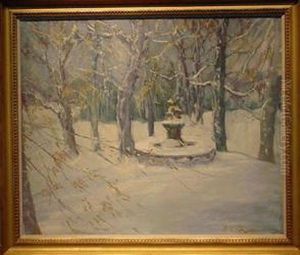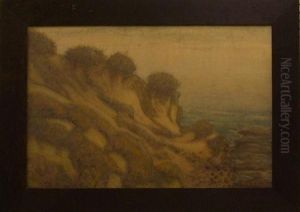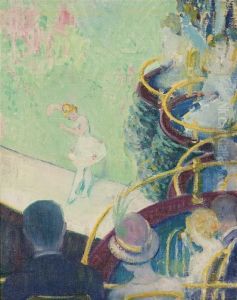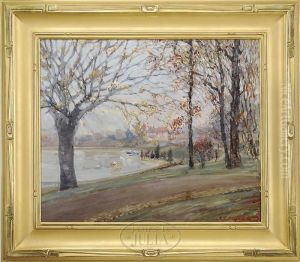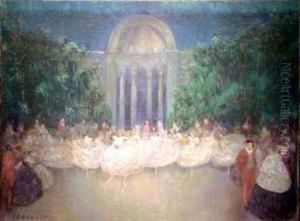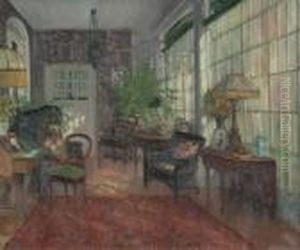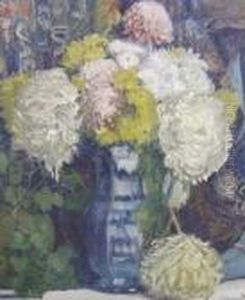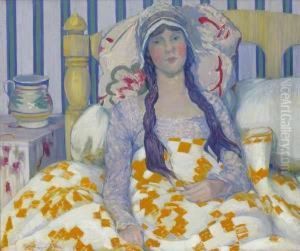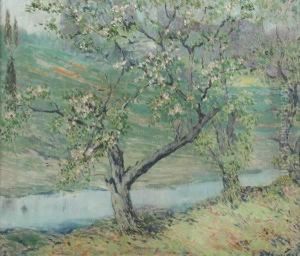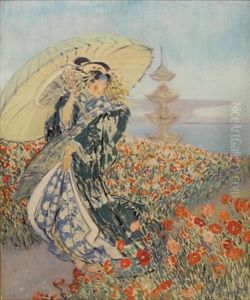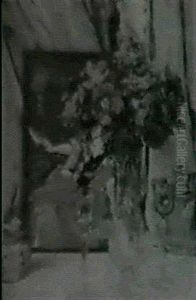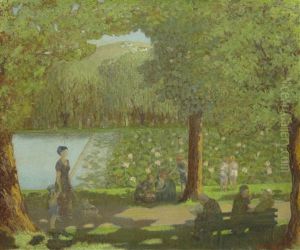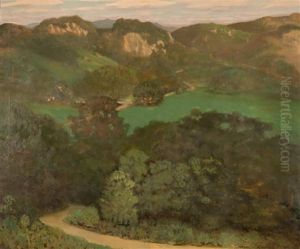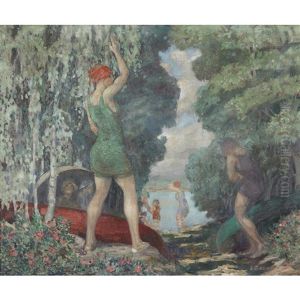Everett Lloyd Bryant Paintings
Everett Lloyd Bryant was an American artist known for his role in the California art scene, particularly for his paintings that often depicted the landscape and life of California. Born on May 10, 1864, in St. Louis, Missouri, Bryant developed an interest in art at an early age. He pursued his artistic education at the St. Louis School of Fine Arts, and later at the Academie Julian in Paris, where he studied under notable teachers such as Benjamin Constant and Jean-Paul Laurens.
After completing his education in Paris, Bryant returned to the United States and moved to California, where he became an active member of the burgeoning art community. He taught at the Mark Hopkins Institute of Art in San Francisco and later at the University of California, Berkeley. Throughout his career, Bryant was known for his impressionistic style, which he applied to a range of subjects including landscapes, portraits, and still life paintings.
Bryant's works were well received, and he participated in numerous exhibitions, including the Panama-Pacific International Exposition held in San Francisco in 1915, where he gained further recognition. His paintings are characterized by their vibrant use of color and light, reflecting the unique qualities of the Californian environment.
During his lifetime, Everett Lloyd Bryant was a respected artist and educator, and his influence extended to his students and contemporaries. He was a member of several art associations, including the San Francisco Art Association and the Bohemian Club, where he contributed to the cultural life of the region.
Everett Lloyd Bryant passed away on June 3, 1945, in California. His legacy as a painter and teacher has left an enduring impact on the California art scene, and his works continue to be appreciated for their contribution to American Impressionism and their depiction of early 20th-century California.











